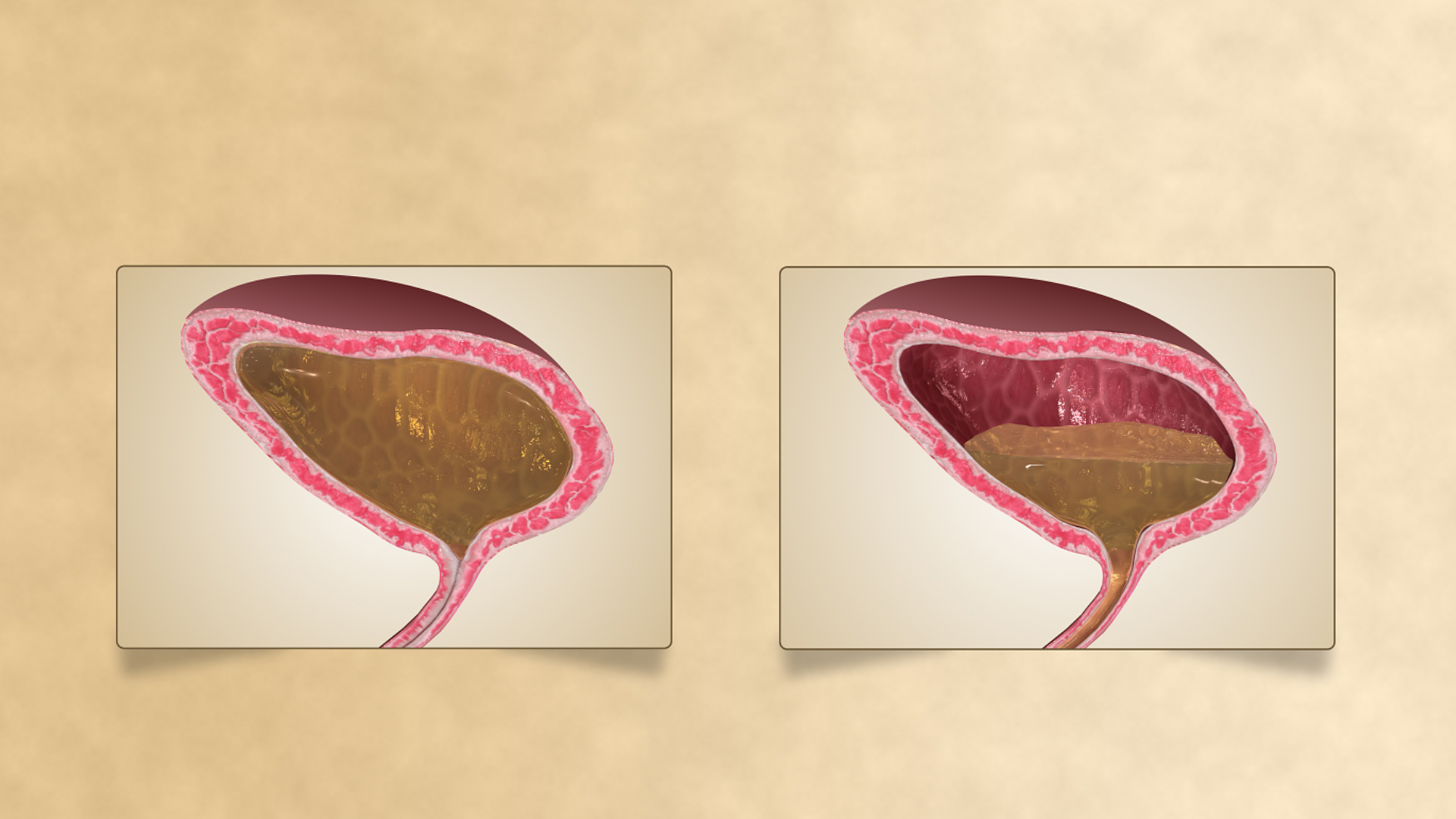Urinary issues can be uncomfortable to talk about, but they’re common than many people realize. Incontinence impacts daily life, confidence, and overall well-being. With the right knowledge and support, it’s possible to manage symptoms and regain control. Here are three key things to know about incontinence.
1. Types of Urinary Incontinence
Different types of urinary incontinence occur for various reasons. Identifying the specific type helps doctors create the best treatment plan. The main types include stress, urge, and mixed incontinence.
Stress Incontinence
Stress incontinence happens when physical activity puts pressure on your bladder. This type of urinary leakage occurs during activities like coughing, sneezing, laughing, or exercising. The pressure causes a small amount of urine to leak out because your pelvic floor muscles are too weak to keep the bladder closed properly.
Urge Incontinence
Urge incontinence creates a sudden, strong need to urinate that you cannot control. This condition is also called overactive bladder because your bladder muscles contract too often or at the wrong times. You may feel the urge to go to the bathroom immediately, but you leak urine before reaching the toilet.
Mixed Incontinence
Mixed incontinence combines symptoms of both stress and urge incontinence. You might leak urine when you cough or sneeze, and also experience sudden urges to urinate. This type requires a comprehensive treatment approach that addresses the underlying causes.
Each type of incontinence requires a tailored approach based on its specific mechanisms and symptoms. Consulting a healthcare provider is key to establishing an accurate diagnosis and developing a personalized treatment plan. This may include lifestyle adjustments, pelvic floor exercises, medications, or surgical interventions.
2. Causes and Risk Factors
Several factors contribute to the development of bladder control issues. Understanding these causes helps you identify potential triggers and work with your healthcare provider to address them effectively:
- Age-Related Changes: Bladder muscles naturally weaken and become less flexible with age. The bladder wall thickens, reducing its capacity to hold urine, and muscles around the urethra may become less capable of staying closed when the bladder is full, increasing the risk of urinary leakage.
- Pregnancy and Childbirth: Pregnancy adds weight and pressure on pelvic floor muscles, with hormonal changes also impacting the tissues that support the bladder. Vaginal childbirth stretches and sometimes damages pelvic floor muscles, which support the bladder, uterus, and rectum.
- Medical Conditions: Medical conditions like diabetes can impair nerve function, reducing the ability to sense when the bladder is full.
- Medications and Lifestyle Factors: Certain antidepressants and muscle relaxants may alter muscle function and bladder control. Being overweight also places more strain on the pelvic floor muscles.
Recognizing and addressing these contributing factors can significantly improve bladder health and overall well-being.
3. Management and Treatment Options
Effective treatment for urinary incontinence depends on the type and severity of your condition. Simple changes to daily habits can significantly improve bladder control. Bladder training involves gradually increasing the time between bathroom visits to help your bladder hold more urine. Pelvic floor exercises, also called Kegel exercises, strengthen the muscles that support your bladder. Regular practice helps improve muscle tone and reduces urinary leakage during physical activities.
What you eat and drink directly affects your bladder function. Reducing caffeine intake may help alleviate bladder irritation and the sensation of urgency. Alcohol also irritates the bladder lining and increases urine production, so limiting alcohol consumption often reduces symptoms.
Various medical treatments help manage different types of incontinence. Advanced treatments like nerve stimulation therapy help retrain the communication between your brain and bladder. These treatments use mild electrical impulses to enhance nerve function and reduce symptoms.
Explore Treatment Options for Incontinence
Urinary incontinence is a common but treatable condition that affects adults. Understanding the different types of incontinence, their causes, and available treatment options empowers you to take control of your bladder health. Schedule a consultation with a qualified healthcare provider who specializes in incontinence treatment to explore available treatment options.

